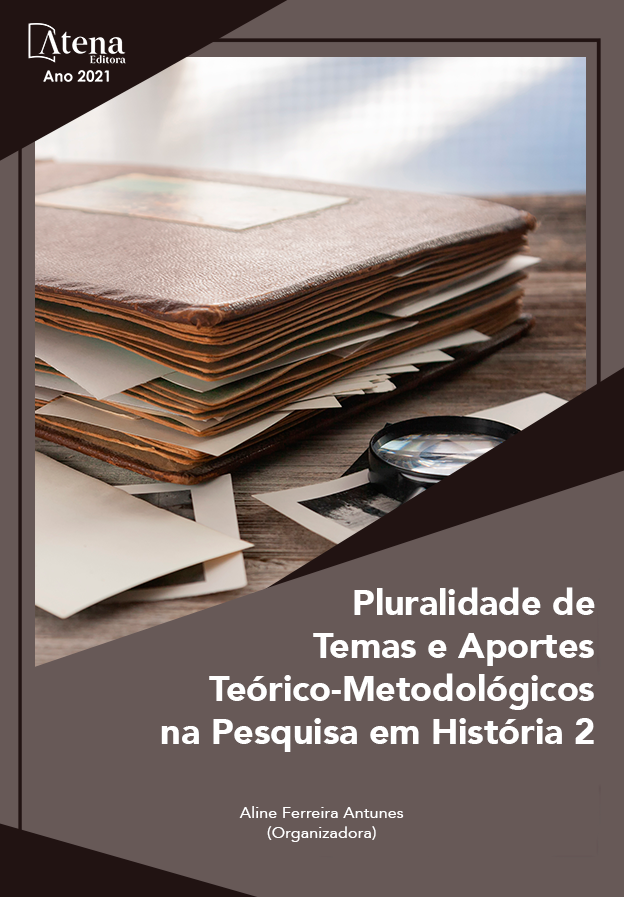
COMPREENDENDO O REINADO DE RAMESSÉS III PARA ALÉM DE MEDINET HABU: BREVE ANÁLISE DE TRÊS DOCUMENTOS ESSENCIAIS
Segundo faraó da XX dinastia egípcia, Ramessés III (1187-1157 a.C.) governou durante o período conhecido como Reino Novo (1539-1077 a.C.). Durante seu longo reinado de três décadas, o faraó lidou com diferentes eventos que marcaram seu reinado e a própria história egípcia: de invasões de povos estrangeiros ao crescimento político-econômico do domínio de Âmon, em Tebas, a greves de trabalhadores envolvidos nas construções das tumbas e monumentos régios, até uma tentativa de regicídio no decorrer de um golpe gestado no seio da própria administração. Possivelmente a fonte mais conhecida para o estudo do reinado do terceiro Ramessés, o complexo templário de Medinet Habu, um dos últimos grandes templos erigidos na margem ocidental tebana, pode ser descrito como um rico espaço de memória e de tradição, documento histórico essencial para a compreensão deste singular momento. Assim, propomos neste texto ampliar o escopo documental para a análise do reinado de Ramessés III, buscando, brevemente, apresentar e historicizar outras fontes relacionadas a este período, como o Papiro Harris I, o Papiro de Greve de Turim e o Papiro Judicial de Turim, enxergando-os enquanto possíveis reflexos de um contexto macropolítico mais amplo, que envolvia o Egito à época.
COMPREENDENDO O REINADO DE RAMESSÉS III PARA ALÉM DE MEDINET HABU: BREVE ANÁLISE DE TRÊS DOCUMENTOS ESSENCIAIS
-
DOI: 10.22533/at.ed.07321190312
-
Palavras-chave: Egito Antigo; Ramessés III; Medinet Habu; documentos históricos.
-
Keywords: Ancient Egypt; Ramessés III; Medinet Habu; historical documents.
-
Abstract:
Second pharaoh of the XX Egyptian dynasty, Ramesses III (1187-1157 B.C.) ruled during the period known as the New Kingdom (1539-1077 B.C.). During his long three-decade reign, the pharaoh dealt with different events that marked his reign and Egyptian history itself: from invasions by foreign peoples to the political and economic growth of the domain of Âmon in Thebes, to strikes by workers involved in the construction of the royal tombs and monuments, and even an attempt at regicide in the course of a coup gestated within the administration itself. Possibly the most well-known source for studying the reign of the third Ramesses, the Medinet Habu temple complex, one of the last great temples erected on the theban West Bank, can be described as a rich space of memory and tradition, an essential historical document for the understanding of this unique moment. Thus, we propose in this text to expand the documentary scope for the analysis of the reign of Ramesses III, seeking, briefly, to present and historicize other sources related to this period, such as the Great Harris I Papyrus, the Turin Strike Papyrus and the Turin Judicial Papyrus, seeing them as possible reflections of a broader macro-political context, which involved Egypt at the time.
-
Número de páginas: 21
- Arthur Rodrigues Fabrício


